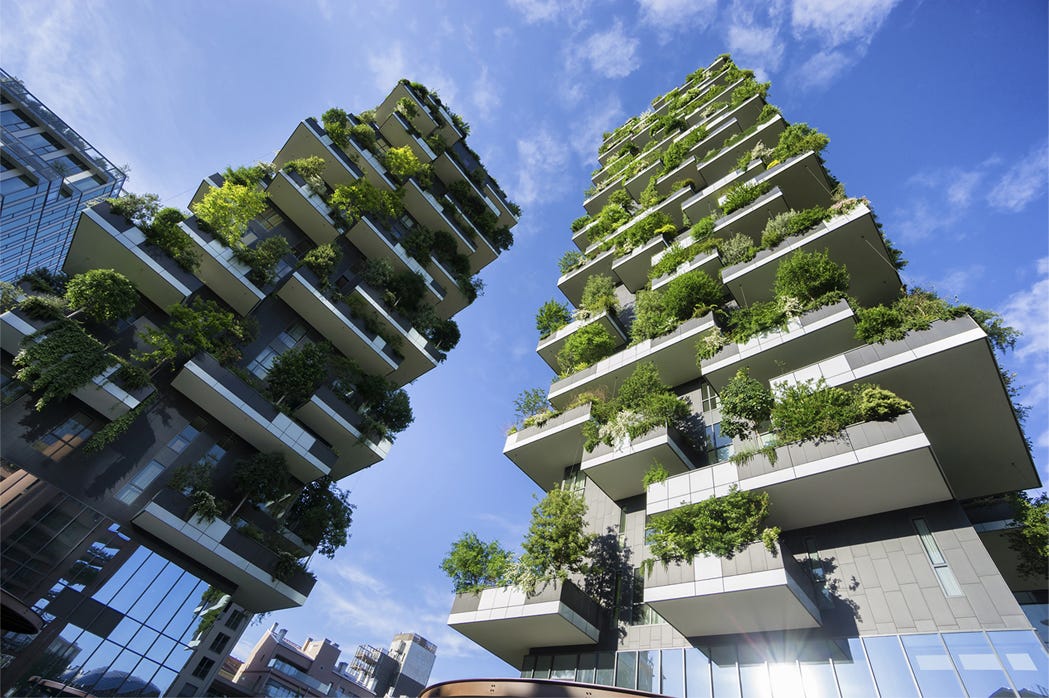Key Takeaways
- Sustainable design is reshaping architecture by prioritizing energy efficiency, resource conservation, and healthier living spaces for both the environment and occupants.
- The growth of sustainable architecture is driven by technological advancements and a shift toward eco-friendly materials, reducing carbon footprints while offering long-term economic benefits.
- Sustainable buildings are not only advantageous for the environment but also foster healthier, more productive communities, improving social well-being and enhancing urban livability.
In today’s ever-evolving architectural landscape, sustainability is much more than a buzzword; it’s a movement reshaping how we design buildings. With intensifying concerns about climate change and resource depletion, the architectural community is increasingly turning to sustainable design practices. Sustainable materials are a crucial part of this shift, finding their way into aspects of construction that are often overlooked, such as a landscaping debris tarp. By integrating sustainability at every stage of the building process, architects aim to create structures that are not only architecturally stunning but also kind to our planet.
Sustainable architecture is evolving beyond its foundational roots to provide innovative solutions that significantly reduce our carbon footprint. The development of the green building market is bolstered by advancements in technology and an increased awareness of environmental impacts. The transition to sustainable practices is not just a necessity but a promising opportunity for architects and city planners worldwide to redefine our built environment’s relationship with nature.
What Is Sustainable Architecture?
Sustainable architecture embodies the principles of designing buildings with minimal environmental impact. This approach seeks to optimize energy and water efficiency, make use of renewable resources, and create healthier living spaces for occupants. By balancing the needs of humans with the environment’s capacity, sustainable design aims to achieve harmony with nature while maintaining functionality and aesthetics.
Core Principles
At the heart of sustainable architecture are principles that guide its practice. Energy efficiency is prioritized through design features such as proper insulation, efficient heating and cooling systems, and passive solar design strategies. Waste reduction is achieved through techniques like recycling construction debris and using modular construction methods. Furthermore, the use of biodegradable and renewable materials ensures that buildings are safe and sustainable from the ground up.
Benefits of Sustainable Design
Environmental Benefits
Green buildings have profound positive environmental impacts. They contribute to reduced pollution, resource conservation, and preservation of natural habitats. Designs that integrate features like photovoltaic solar panels and rainwater harvesting systems demonstrate a tangible commitment to reducing reliance on nonrenewable resources, underscoring our responsibility as stewards of the earth.
Economic Advantages
While sustainable buildings may involve higher initial costs, the benefits far outweigh these expenses. Over time, building owners and occupants experience significant savings due to reduced energy and water usage. Additionally, sustainable buildings often experience increased property values, making them an attractive investment for both developers and homeowners. This economic incentive further encourages the adoption of green practices across the industry.
Innovative Materials in Use
Eco-Friendly Materials
In the quest for sustainability, architects and builders are turning to an array of innovative materials. Recycled steel, which utilizes minimal energy in its production, is increasingly popular. Bamboo, popular for its rapid growth and renewability, is another preferred material. Moreover, advancements in non-toxic, natural paints enhance indoor air quality, reflecting the commitment to creating healthier spaces. The integration of technologies like smart grids and solar panels—highlighted by the U.S. Department of Energy—further propels the industry toward a sustainable future.
How Sustainable Architecture Impacts Communities
Social Impact
The benefits of sustainable architecture extend to improving communities’ social fabric. Buildings designed with a focus on natural light, air quality, and thermal comfort contribute to healthier, more productive occupants. This holistic approach fosters environments that support mental and physical well-being, reinforcing the idea that our built environments profoundly influence quality of life.
Case Studies
Successful implementation of sustainable architecture can be seen in eco-neighborhoods and urban developments worldwide. Cities adopting green building standards are transforming neighborhoods by increasing green spaces, enhancing local ecosystems, and fostering a deeper sense of community. These case studies serve as blueprints, demonstrating the scalability of sustainable practices from individual homes to entire communities.
Future Trends in Sustainable Design
Emerging Trends
Biophilic design, which integrates nature into the built environment, is gaining traction as architects seek to enhance occupants’ connection with nature. Similarly, the development of net-zero energy buildings represents a significant trend, aiming to balance the energy consumed and generated on-site. According to Architectural Digest, these trends highlight the industry’s shift toward more integrated and environmentally attuned practices.
Real-Life Applications
Urban Innovations
Urban centers across the globe are increasingly incorporating sustainable design into their structural frameworks. From Singapore’s sustainable skyscrapers to Copenhagen’s bike-friendly infrastructure, these cities showcase a range of successful implementations. By integrating sustainability principles into urban planning, these cities not only enhance their livability but also set a precedent for future urban development.
Future Projections
As we move forward, experts anticipate that sustainability will continue to drive innovation in architecture. With advancements in technology and a growing understanding of human interaction with our environments, architecture is poised to embrace even more holistic and impactful sustainability practices. This future-focused vision promises a harmonious intersection between people, nature, and the built environment.

